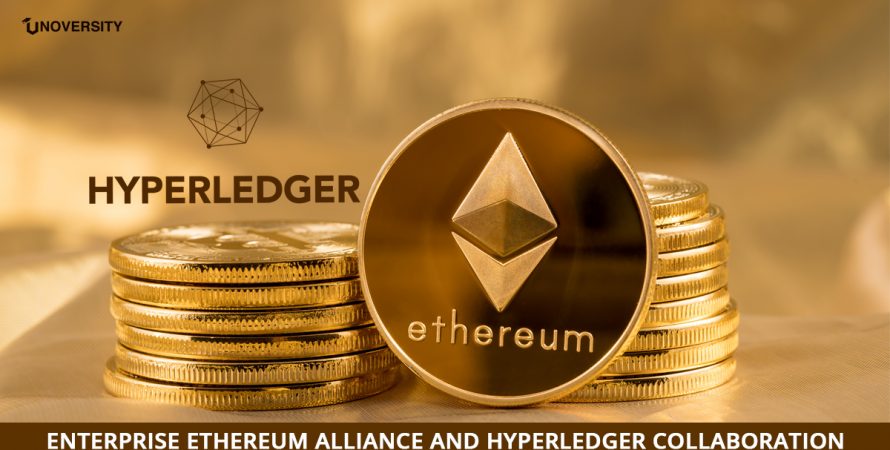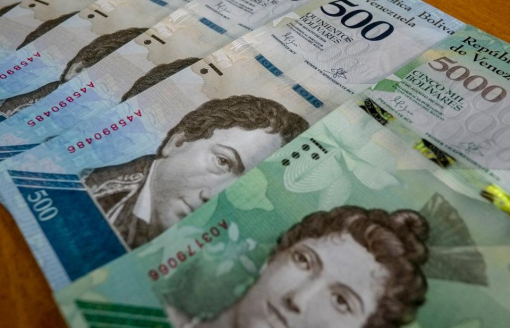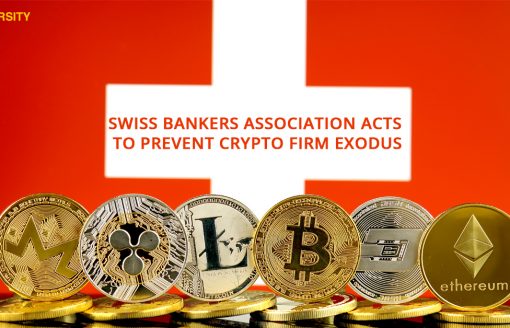Enterprise Ethereum Alliance (EEA) and Hyperledger announced a new collaboration on Monday, October 1st, 2018.
Ron Resnick, executive director of the EEA, said about the collaboration:
“This is a time of great opportunity. Collaborating through mutual associate membership provides more opportunities for both organizations to work more closely together.”
The new partnership would promote greater cross-communication between the leadership and communities of the respective organizations. Hyperledger developers who join EEA and can engage in EEA certification programs, and EEA members acting on specifications and standards can operate on Hyperledger to help implement those standards.
Hyperledger, The Linux Foundation, is an opensource distributed ledger technology framework that advances cross-industry blockchain technologies like Fabric and Sawtooth. EEA is built to customize Ethereum for industry players. It intends to “define enterprise-grade software capable of handling the most complex, highly demanding applications at the speed of business.”
Hyperledger executive director Brian Behlendorf said in a statement said:
“Great open standards depend upon great open source code, so this is a natural alliance for both organizations. Standards, specifications, and certification all help enterprise blockchain customers commit to implementations with confidence since they have better assurances of interoperability as well as multiple vendors of choice.”
Hyperledger Burrow project was launched in 217 an Apache-licensed implementation of the Ethereum Virtual Machine (EVM) bytecode interpreter.
Monax, an Ethereum based contracting platform, was one of the first companies to join both organizations in 2017. It submitted a codebase to Hyperledger for incubation that eventually was rolled out as Hyperledger Burrow. This project added support for the Ethereum Virtual Machine as a transaction processor, producing smart contracts for the Ethereum MainNet over to Sawtooth-based networks.
That effort, resulted in “Seth,” which is now in active use, and the developers expect to submit it for conformance testing to the EEA term as soon as possible. Likewise, provision for the EVM is now available in Hyperledger Fabric.
Casey Kuhlman, CEO of Monax, said:
“My hope with this announcement is that the market will more keenly understand that asking ‘Will you use Hyperledger or Ethereum?’ for a particular use case is a nonsensical question – on both sides of the equation.”
This is a reciprocally beneficial relationship as Ethereum developers could now consider presenting their enterprise designs to Hyperledger and Hyperledger project maintainers to consider taking an official interface appropriate for standardization to the relevant EEA working groups.
This relationship would also allow Hyperledger developers to write code that adheres to the EEA specification and certify them by EEA certification testing programs which are expected to launch in the second half of 2019.
David Treat, Managing Director at Accenture, said about the alliance:
“As a founding member of both Hyperledger and EEA, we’ve been proud to participate in the incredible growth of both communities. This is a logical next step that will strengthen the industry as a whole, expand each organization’s reach and benefit from the collaboration across ecosystems while supporting each organization’s distinct mission.”






Venezuelans turn to Bitcoin as the new Bolivar